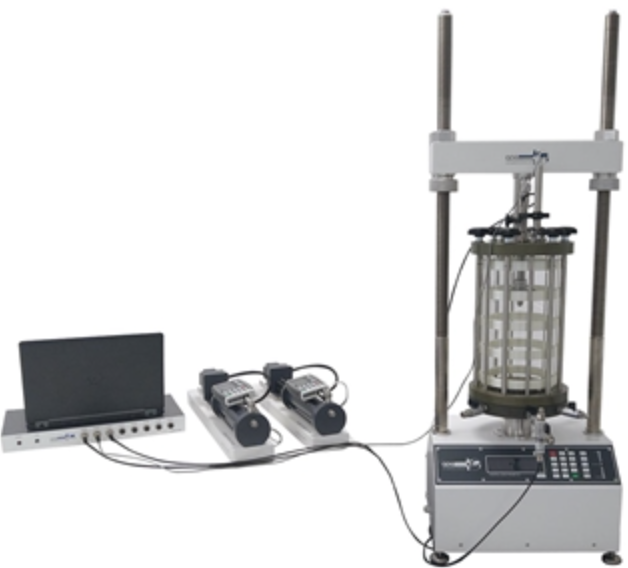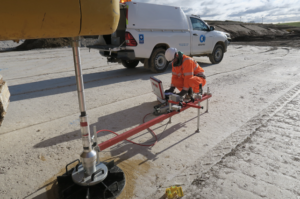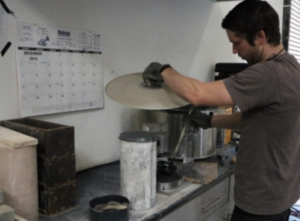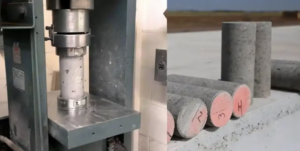Digital Transformation in Triaxial Testing: From Manual to Fully Automated Systems
Triaxial testing has long been a cornerstone of geotechnical investigation, providing essential insights into soil strength, deformation, and stability. Historically, these tests were labor-intensive, time-consuming, and prone to human error. Today, the shift toward digital and fully automated systems is reshaping the landscape—delivering real-time precision, enhanced compliance, and greater lab efficiency. In this article, we explore how digital transformation is revolutionizing triaxial testing from the ground up.
From Manual Processes to Digital Precision
Traditional triaxial testing relied heavily on manual loading systems, dial gauges1, and handwritten data logs. While effective, these methods introduced variability, delayed reporting, and placed a heavy burden on skilled technicians.
Then vs. Now: Evolution of Triaxial Testing
| Diện mạo | Manual Testing | Digital/Automated Testing |
|---|---|---|
| Data Recording | Handwritten, periodic logging | Continuous, digital capture |
| Load/Pressure Control | Manually adjusted valves | Computer-controlled servo systems |
| Result Analysis | Post-test calculations | Real-time graphs and auto-compute |
| Human Intervention | Constant monitoring required | Minimal supervision |
Modern digital systems provide more consistent data2, reduce human error, and allow for custom stress paths and loading rates3 with precise control.
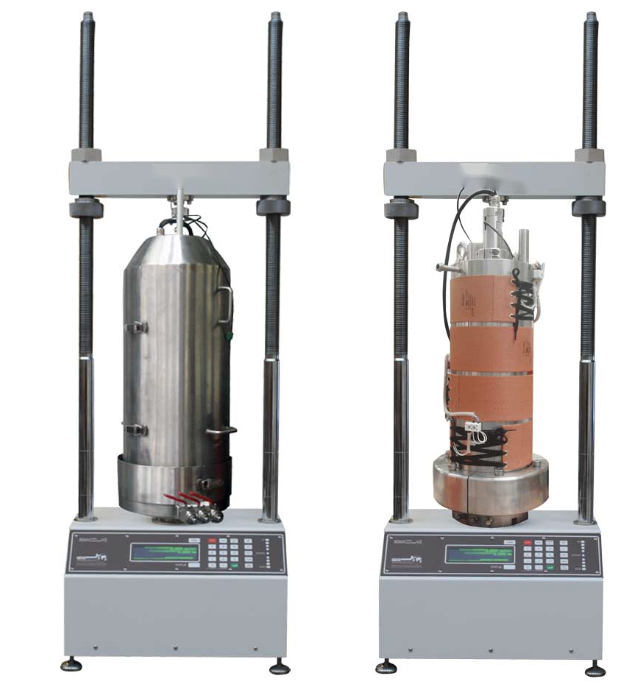
Real-Time Insights Through Automated Monitoring
One of the greatest advantages of digital triaxial systems is the ability to monitor tests in real-time4. This includes:
- Live stress-strain plotting
- Pore water pressure tracking
- Displacement and volume change measurement
- Automated alarms for system errors or sample failure
Example: Real-Time Monitoring Dashboard
| Tham số | Current Value | Alert Threshold |
|---|---|---|
| Biến dạng trục (%) | 4.2 | 10 |
| Deviator Stress (kPa) | 185 | 250 |
| Pore Pressure (kPa) | 65 | 100 |
With this level of control, engineers can make on-the-fly adjustments5, stop tests when anomalies are detected, and generate reports immediately upon test completion.
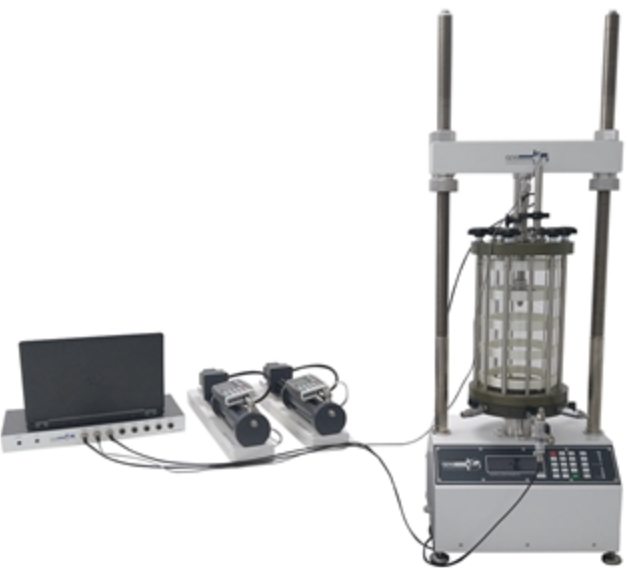
Boosting Lab Efficiency with Fully Automated Systems
Automation has redefined the way triaxial testing labs operate. By minimizing the need for hands-on adjustments and manual data processing, fully automated systems6 dramatically increase throughput and consistency.
Key Efficiency Gains:
- Parallel testing7: Run multiple specimens simultaneously.
- Auto-calibration and self-checks8: Reduce setup time and ensure accuracy.
- Pre-programmed test routines: Load CU, CD, UU protocols with one click.
- Remote access: Monitor and manage tests from anywhere.
Lab Performance Comparison
| Metric | Manual System | Automated System |
|---|---|---|
| Tests per technician/day | 2–3 | 6–8 |
| Data processing time/test | 30–45 min | Instant |
| Operator time per test | 3–4 hours | < 30 minutes |
| Error rate (setup/data) | Vừa phải | Very low |
For commercial and research labs alike, automation leads to faster turnaround, lower labor costs, and better resource allocation.

Improved Compliance and Quality Control
Regulatory standards like ASTM D4767, BS 1377, or ISO 17892 require meticulous documentation and consistent testing conditions. Automated systems not only meet these standards—they make compliance easier and more transparent.
Quality and Compliance Features:
- Auto-logging of calibration records
- Digital timestamping and secure data storage
- Standardized test report generation
- Built-in alerts for parameter deviations
Example: ASTM D4767 Compliance Checklist
| Requirement | Manual Process | Automated Feature |
|---|---|---|
| Load application rate | Manually monitored | Servo-controlled with precision |
| Pore pressure measurement | Manual gauge readings | Digital transducers + auto-logging |
| Saturation tracking (B-value) | Manual calculation | Automated real-time display |
| Report generation | Spreadsheet or handwritten | Auto-generated, standards-ready |
Such systems ensure traceable, audit-ready results, which are essential for certification, court cases, or high-profile infrastructure projects.

Phần kết luận
The digital transformation of triaxial testing is more than a tech upgrade—it’s a paradigm shift. By replacing manual procedures with fully automated, intelligent systems, laboratories and engineers can achieve unmatched accuracy, speed, and reliability. In an industry where the smallest errors can lead to major failures, digital triaxial testing offers a safer, smarter, and more sustainable path forward.
-
Explore how digital systems enhance accuracy and efficiency compared to traditional methods like manual loading systems and dial gauges. ↩
-
Learn about the benefits of digital systems in ensuring data consistency and reducing variability in testing results. ↩
-
Discover how custom stress paths and loading rates improve the precision of triaxial testing in modern applications. ↩
-
Explore how real-time monitoring enhances accuracy and efficiency in testing, crucial for engineering applications. ↩
-
Learn about the importance of flexibility in testing processes and how it impacts results and safety. ↩
-
Explore how fully automated systems can enhance efficiency and accuracy in testing labs, transforming operations significantly. ↩
-
Learn about the advantages of parallel testing and how it can optimize laboratory workflows and increase productivity. ↩
-
Discover the critical role of auto-calibration and self-checks in ensuring precision and reliability in testing processes. ↩

